Tencent Cloud Hong Kong Lightweight Application Server (Bidirectional CN2 Network), 1 Core 1GB, 24 RMB/month
Publish: 2020-11-09 | Modify: 2020-11-09
Tencent Cloud Light Application Server has been online for quite a long time. Previously, only beta users could purchase it in the Hong Kong data center. Now Tencent Cloud Hong Kong Light Application Server is officially available and can be purchased by any user. A few months ago, Xiaoz purchased a 1-core 1GB Hong Kong Light Application Server and didn't have time to write a test. Today, I will make up for it and provide it as a reference for those who need it.
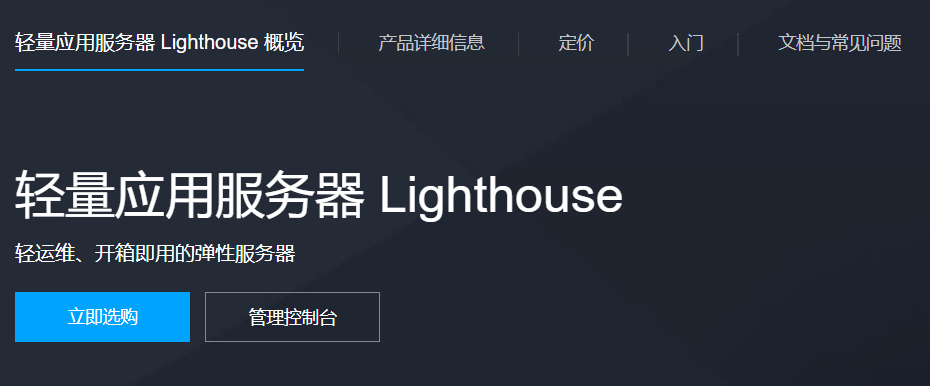
Evaluation Configuration
- CPU: 1-core CPU (100% CPU performance)
- Memory: 1GB memory
- Disk: 25GB SSD system disk
- Bandwidth: 30Mbps peak bandwidth
- Traffic: 1024GB/month
- Region: Hong Kong
If this configuration does not meet your needs, there are more configurations to choose from, as shown in the following figure.
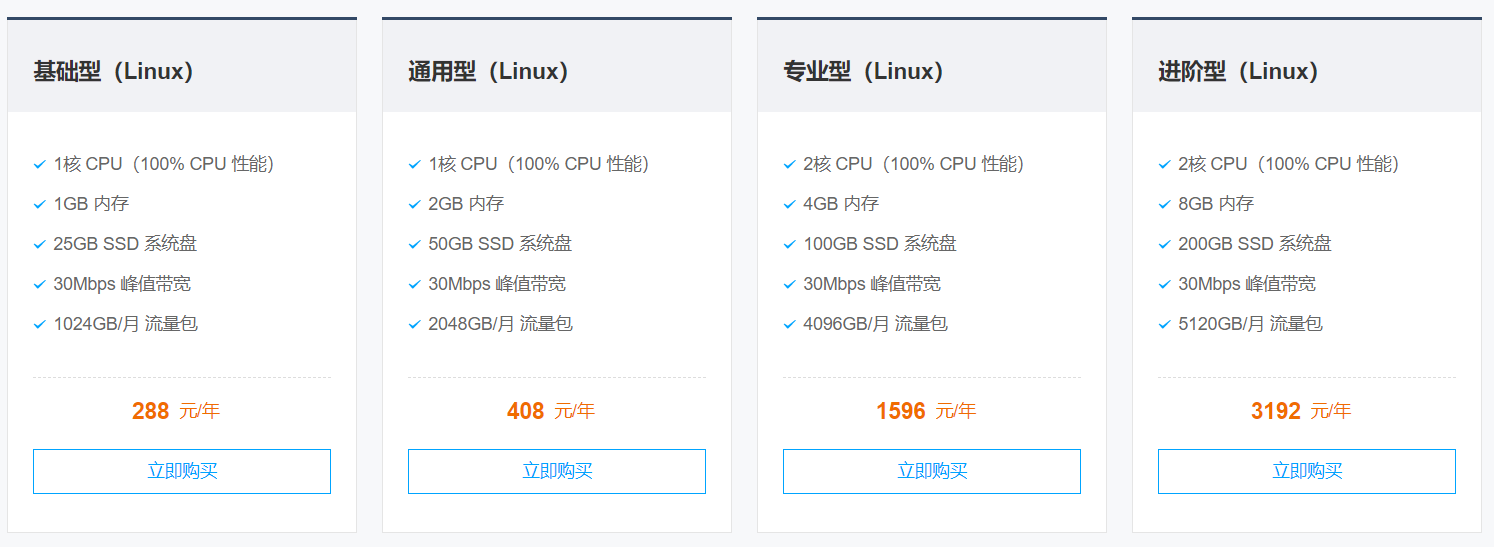
There are also multiple regions to choose from, such as Singapore and Silicon Valley.

Tencent Cloud Light Server purchase link: https://curl.qcloud.com/BfE3wSPD
Evaluation Data
The average I/O speed tested by bench.sh is 137.3 MB/s, which is just average for this SSD.
----------------------------------------------------------------------
I/O Speed(1st run) : 149 MB/s
I/O Speed(2nd run) : 132 MB/s
I/O Speed(3rd run) : 131 MB/s
Average I/O speed : 137.3 MB/s
----------------------------------------------------------------------In the multi-region bandwidth test, the download speed can reach over 1Gbps, and the upload bandwidth is basically consistent with the official description, reaching around 30Mbps. It is completely fine for personal use.
----------------------------------------------------------------------
Node Name Upload Speed Download Speed Latency
Speedtest.net 31.67 Mbps 1576.02 Mbps 1.25 ms
Beijing CU 12.90 Mbps 1702.92 Mbps 38.80 ms
Shanghai CT 15.88 Mbps 715.05 Mbps 27.50 ms
Shanghai CU 33.64 Mbps 1521.12 Mbps 83.60 ms
Guangzhou CT 28.51 Mbps 573.90 Mbps 7.91 ms
Shenzhen CM 32.10 Mbps 1738.10 Mbps 13.93 ms
Hongkong CN 29.17 Mbps 1478.65 Mbps 2.38 ms
Singapore SG 28.40 Mbps 1398.86 Mbps 48.58 ms
Tokyo JP 31.85 Mbps 177.96 Mbps 53.68 ms
----------------------------------------------------------------------In the Super Ping test, the average latency is 53.9ms (domestic), which is comparable to domestic servers.
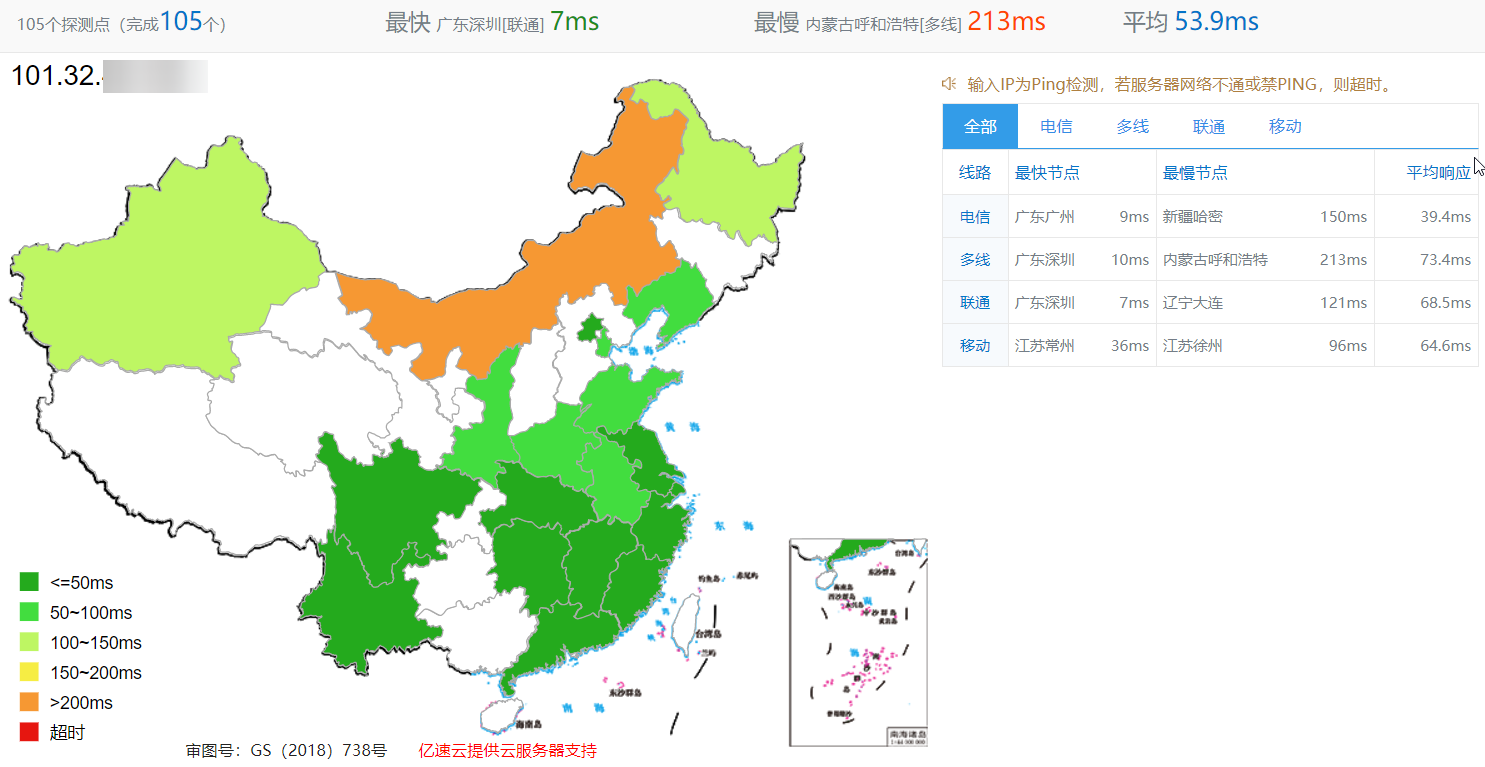
4K videos on YouTube can be played smoothly, and the server's bandwidth can be fully utilized.
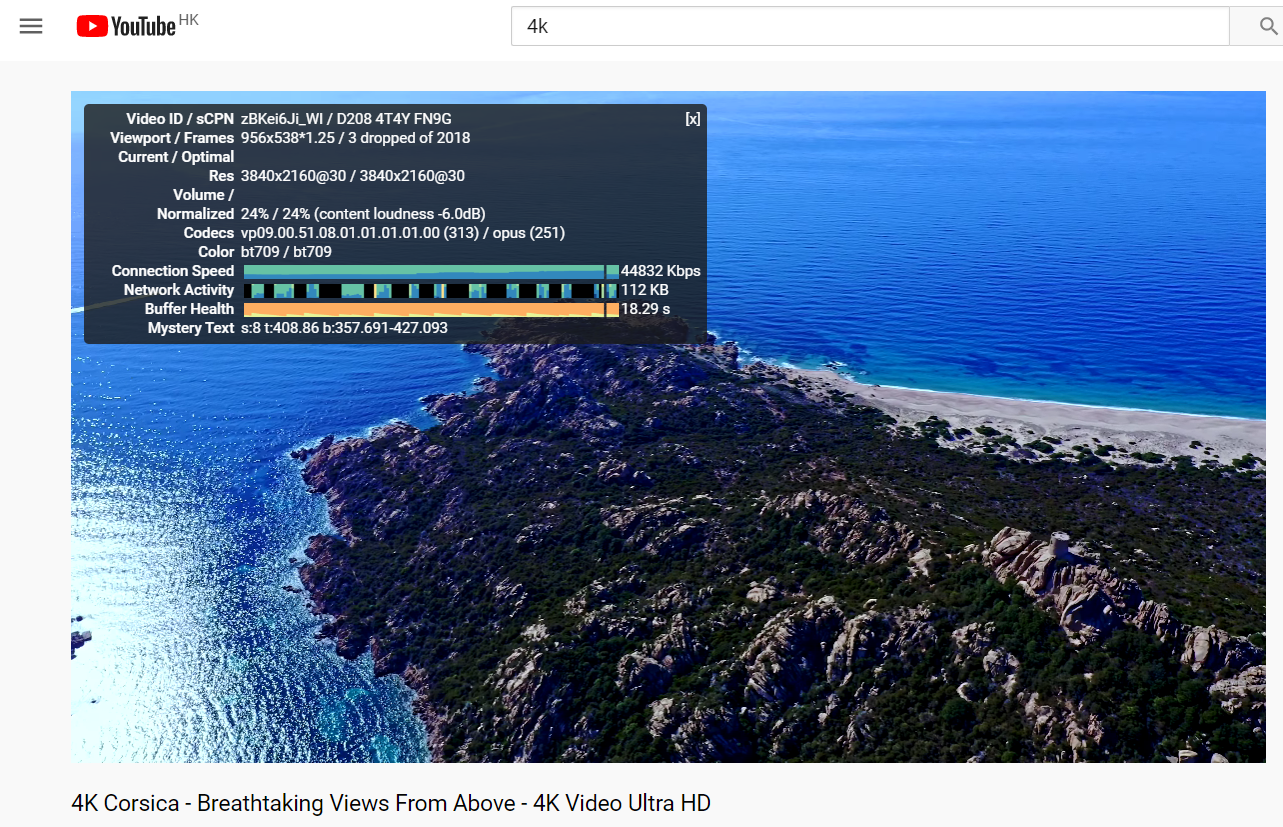
Routing Trace
For Sichuan Telecom, the outbound route goes through Guangdong and directly connects to Hong Kong. We can see that it takes the CN2 route, as shown in the following figure.
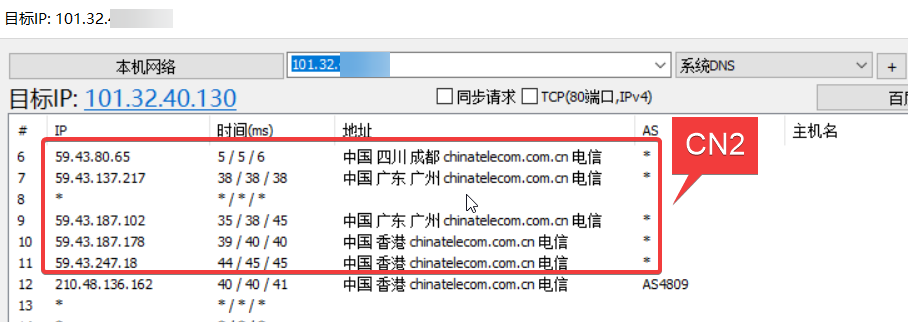
In the test from Tencent Cloud Hong Kong to Sichuan Telecom, it also takes the CN2 network.
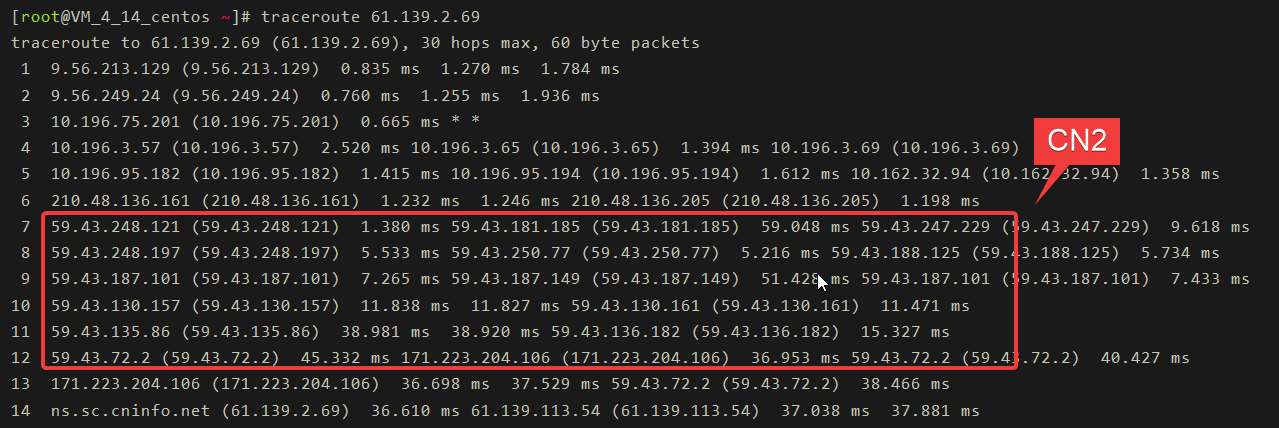
Xiaoz did not continue to test China Unicom and China Mobile routes, so it is unclear how the specific situation is. It varies depending on the region and network. Some users have reported that the performance is average during peak hours.
- Tencent Cloud Light Server purchase link: https://curl.qcloud.com/BfE3wSPD
- Tencent Cloud Double 11 event main venue: https://curl.qcloud.com/SLEB18dt
Comments

xiaoz
I come from China and I am a freelancer. I specialize in Linux operations, PHP, Golang, and front-end development. I have developed open-source projects such as Zdir, ImgURL, CCAA, and OneNav.
Random article
- How to continue using OCBC OneToken on your new mobile phone? Detailed migration guide
- Login Security for Linux Servers
- Essential Free Unarchiving Tool for Mac Users: MacZip, Supporting Archive Preview
- Unboxing and Review of the Zhanmei Mini Host: Compact and Practical
- ProcessOn: A Free and User-friendly Mind Mapping/Flowchart Tool
- Quickly Generate Website Thumbnails for PC, Tablets, and Mobile Devices
- QiReader: A Web-based Cross-platform RSS Reader with Full-text Output
- Turn off All in one SEO auto description to avoid duplicate descriptions
- Deploying mailcow with Docker: Building Your Own Mail Server Service (Part 1)
- Get 40% off on RAKsmart VPS Series Products by completing the questionnaire